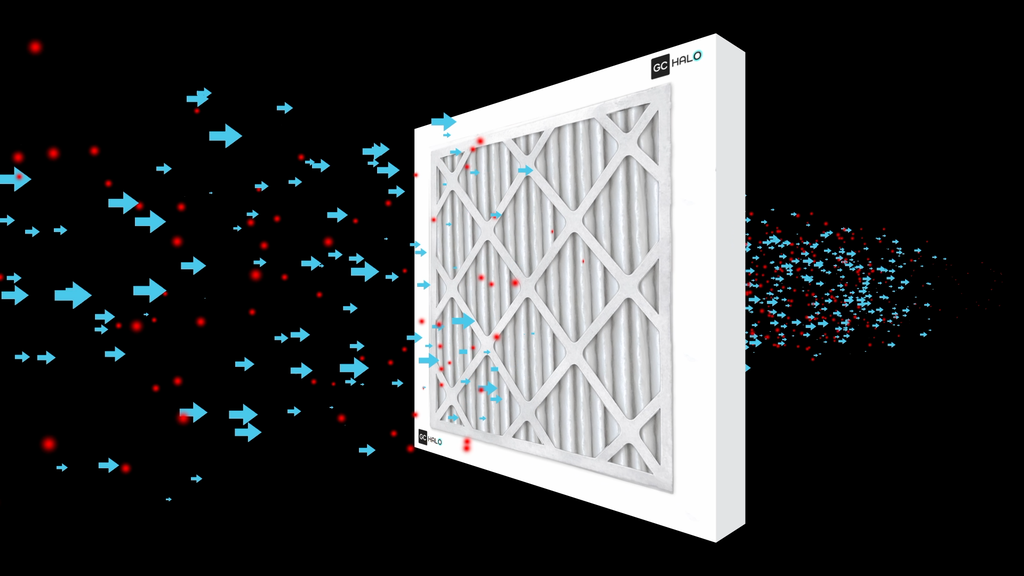Graphene oxide has been investigated in thousands of research programmes, to cover many different applications. One potential application for graphene oxide is in antibacterial coatings.
Antibacterial coatings are used to reduce the spread of bacteria, which can help reduce infections. In recent years, the growth of antibiotic resistance has increased the need for antibacterial coatings. These coatings are needed for a variety surfaces, including on medical devices such as catheters.
Research on graphene oxide has proven that it can be effective in bactericidal applications, however the mechanism has not been well understood, preventing the development of specific grades of graphene oxide for this application. A recent article published in ACS Nano focused on this issue, examining different forms of graphene oxide in relation to antibiotic resistant E. Coli.
By examining multiple reduced and hydrated forms of graphene oxide, the research has indicated that the presence of carbon radicals is critical when using graphene oxide as a bactericidal. Higher levels of carbon radicals were achieved in highly hydrated derivatives of graphene oxide – epoxy groups are converted to hydroxyl groups by treating in aqueous alkalized solutions. The tests were carried out on both glass substrates and silicone catheters, both of which would be relevant in a medical setting.
This article is an interesting example for illustrating application development around graphene oxide. Historical graphene oxide research has led to thousands of papers, but commercial applications are struggling to gain traction. To bridge the gap between ideas with great potential and real-world applications, research such as this is essential. The graphene oxide community needs to obtain a fundamental understanding of how graphene oxide works in each application in order to tailor the material used.
If you would be interested in the R&D team at William Blythe working on custom synthesis of a specific graphene oxide grade for your research, please get in touch.
Reference: ACS Nano 2016, 10, 10966-10980

